Grieg
One of the Key Strategic Orientations For Research & Innovation is Making Europe the first digitally-enabled circular, climate-neutral, and sustainable economy through the transformation of its mobility, energy, construction, and production systems.The European Union has the ambition to substantially reduce greenhouse gas emissions by 2030 and to become climate neutral by 2050 and turn into a more sustainable bio-based, climate-neutral, circular, non-toxic, and competitive economy. This requires unprecedented changes in the way we:
- produce,
- trade,
- build,
- move around and consume, which will spur our technological, economic and societal transformation
- and contribute to a green recovery.
Norway Grants contribute to the race to zero net emissions with a multi-million investment, in line with the Grant’s long-standing commitment to supporting sustainable and innovative projects in Europe. The Project 2D MXenes based anode materials for all-solid-state Li-ion batteries.
GRIEG no 2019/34/H/ST8/00547 has been granted € 1 494 196 from The Norwegian Financial Mechanism for 2014-2021 https://eeagrants.org/
To facilitate a unique opportunity for Polish-Norway scientific collaboration among the Partners from:
- Łukasiewicz Research Network – Polish Center for Technology Development https://www.port.lukasiewicz.gov.pl/en/
- University of Oslo Centre for Materials Science and Nanotechnology (SMN)
- SINTEF Industry Sustainable Energy
Together the partners contribute to research activities to develop more performant, sustainable, and circular battery technologies according to sectoral needs, thereby sustaining a competitive and sustainable EU battery value chain.
POLAND – ŁUKASIEWICZ Research Network – PORT Polish Center for Technology Development
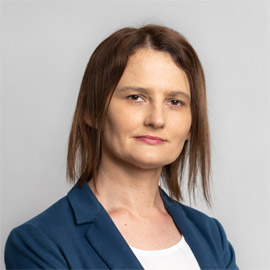
Alicja Bachmatiuk, Project Manager, Deputy Director for R&D

Sandeep Gorantla, Research Scientist-Electron Microscopy group
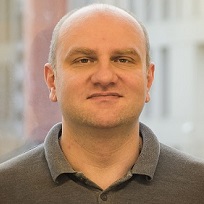
Andrii Bodnar, Research Group for Advanced Materials Synthesis
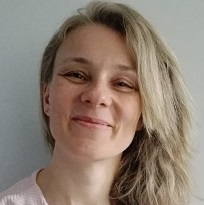
Magdalena Kiss-Arabasz, Materials Structure and Properties Research Laboratory
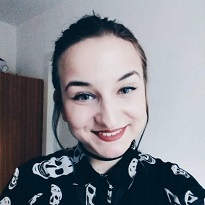
Maria Zdończyk, Research Group for Advanced Materials Synthesis

Marta Fiedot-Toboła, Research Group for Advanced Materials Synthesis
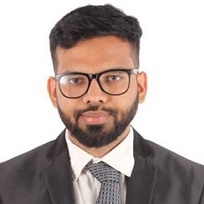
Syamsai Ravuvri, Research Group for Advanced Materials Synthesis
Norway:
University at Oslo Centre for Materials Science and Nanotechnology (SMN)

Anette E. Gunnæs, PI Structure Physics Section leader and Associate Professor, Dep. of Physics, SMN
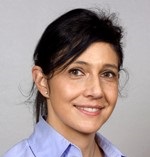
Sabrina Sartori, Energy Systems Section leader and Associate Professor Dep. of Tech. Systems

Calliopi Bazioti, Senior Engineer Researcher Structure Physics, SMN
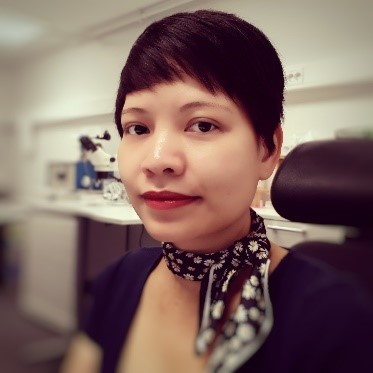
Phuong Dan Nguyen, Senior Engineer at Structure Physics group, Department of Physics
SINTEF
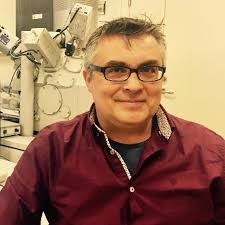
Spyros Diplas, PI & Research Manager-Materials Physics group

Martin F. Sunding, Research Scientist
What is new in our project for global scientific research?
The Polish – Norwegian group aims to develop CVD methods for controlled growth of Mo2C, Ti2C and V2C and Cr2C MXenes, study their CVD growth mechanisms and understand atomistic processes during their application as anode material in solid state Li-ion battery. All-solid-state Li-ion batteries are better compared to current Li-ion rechargeable batteries (LIBs) in the following aspects:
- chemically safer,
- compact,
- higher battery capacity,
- faster re-charging,
- operable at higher temperatures.
Key novelty is to attempt to study in situ (in real-time) the atomic structure evolution in MXenes during Li-ions transport in them when used as an anode in a ASSB Li-ion battery.
Through such studies fundamental insights into the atomistic structural factors in these materials that are responsible for their Li-ion loading capacity i.e. battery capacity can be understood. Such understanding will enable to inform for better design and development these materials to fully harness their Li-ion loading capacities.
Impact on daily life
With growing standards of living and increasing digitization of everyday life the global energy demands are also on rise. Re-chargeable Li-ion batteries are at the core of what powers the present-day internet of things (IoT) smart devices to develop new energy storage materials with higher energy storage capacities and safer for the environment is one of fundamental approaches to address this growing need of the human society. The current research efforts in the field of energy storage materials clearly show the impending progression towards ASSBs as the most likely next generation rechargeable batteries technology.
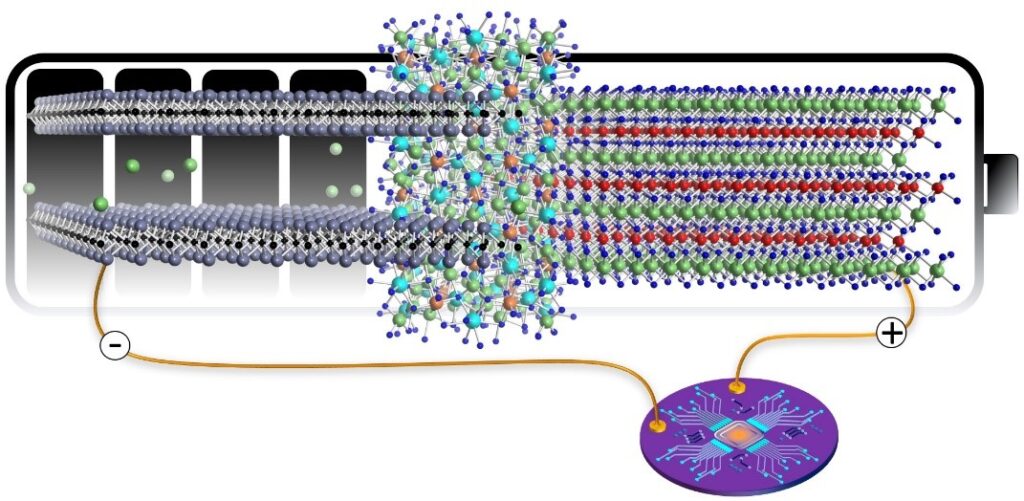
A concept model of 2D MXene based all-solid-state Li-ion battery powering a microchip – an artistic rendition. Showing the atomic structures of bi-layer Mo2C MXene anode (left), Li7La3Zr2O12 garnet solid state electrolyte (middle), LiCoO2 cathode (right) without the typical end contacts of a battery.
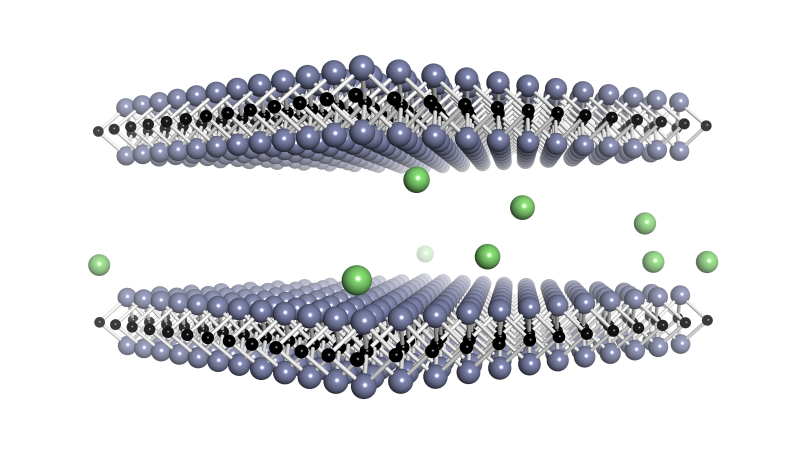
Atomic structure model showing lithium ions transport between two monolayer sheets of molybdenum carbide (Mo2C) Mxene material when used as the anode in a Li-ion battery (lithium ions -green, molybdenum atoms – blue and carbon atoms – black).
The successful realization of this project will lead to proof of concept on the new design of future 2D structures based solid state devices for energy storage. This is the core vision of future that motivates the 2D-SSB project team members.
Find out news about the 2D MXenes on Twitter @PORT_Wroclaw
Research visit of Polish team at UiO Oslo, Norway
Research Mobility | Norway Visit 2024
Scientists from Poland and Norway conducted innovative in-situ TEM biasing experiments on as-grown transition metal carbide (MXene) crystals. These experiments aimed to gain a better understanding of the behavior of as-grown MXene during charging and discharging processes. The experiments were carried out in the TEM laboratory at UiO in Oslo.
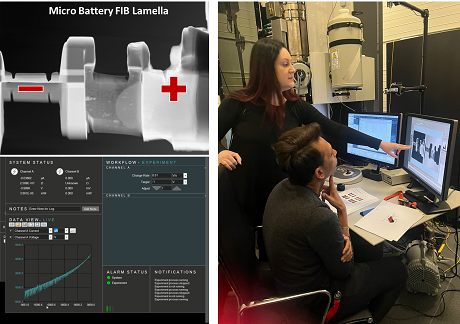
The closing event of the GRIEG project, Polish and Norway partners met in Łukasiewicz PORT
Closing event | Wrocław 2024
Scientific researchers from Poland and Norway, partners in the 2DSSB project, participated in three days of talks, scientific discussions about the project’s outcomes and about future collaboration prospects. During this collaborative exchange, we shared our results and experiences gained throughout the project realization.
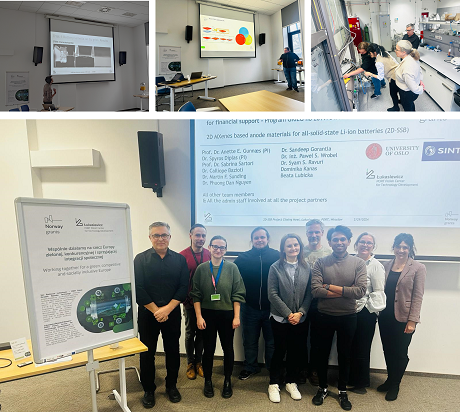
Project Results Presented at Leading Materials Science Conference, ICL-2023 in France
Scientific dissemination | ICL-2023 conference
The young researcher from our team, mgr Maria Zdończyk, attended the 20th International Conference on Luminescence in Paris, France. She presented the concept of MXene-based solid-state batteries and other hybrid materials developed at Łukasiewicz PORT to the wider scientific community.
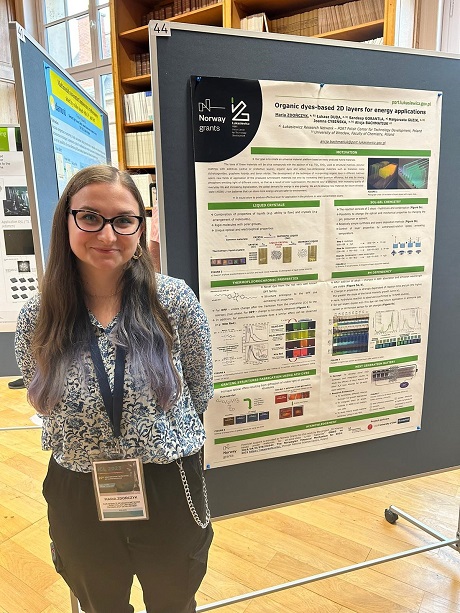
Non-scientific Presentation of the GRIEG 2DSSB Project Results at the Łukasiewicz PORT Science Picnic
Non-scientific Promotion of the Project | Presentation of Results to the Local Community in 2023
In September, a scientific meeting with the local community took place on the Łukasiewicz PORT campus as part of the Science Picnic.
During the event, members of the team presented the results obtained during the implementation of the GRIEG 2DSSB project, introducing both young and older science enthusiasts to the world of electron microscopy and the principles of solid-state battery operation. Demonstrations and presentations sparked curiosity among the visiting community in our laboratory. This joint meeting of the scientific world with the local community helped disseminate basic knowledge about materials used in batteries and electron microscopes.
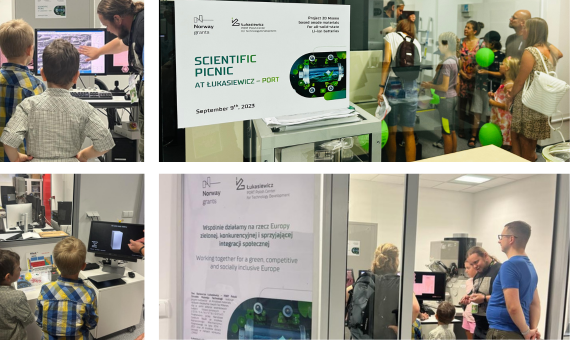
GRIEG 2DSSB project was presented to Engineering students during a students workshop in PORT
Public Outreach | Students Workshop 2023
We want to thank both undergraduate students and the team of experts who shared their knowledge and passion for electron microscopy and took the students on a journey into the microscopic world, uncovering the secrets hidden within the tiniest particles. The workshop was organised within GRIEG 2DSSB research project, financed from Norway Grants. Workshop included lectures on project results and hands-on lab tour on the state-of-the-art SEM and TEM electron microscopes. We have inspired the next generation of scientists! 🙌🌟
#NorwayGrants #GRIEG #ElectronMicroscopyWorkshop #MXenes #GRIEG #Energymaterials #ScienceIsAwesome #StudentEvent

Connecting Scientific know-how: Postdoctoral researchers visit Labs of Research Partners in Norway
Research Mobility | Norway Visit 2022
The postdoctoral researchers Dr. Pawel Wrobel and Dr. SyamSai Ravuri from PORT visit the Research labs of the project partners at SINTEF and UiO to exchange scientific expertise and gain hands on experience on collaborative research experiments of the project with Dr. C. Bazioti, project researcher at UiO.

Project Results Presented at Leading Materials Science Conference, MRS-2022 in USA
Scientific dissemination| MRS-2022 conference
Project postdoctoral researcher attends 2022 MRS Fall Meeting & Exhibit (27th NOV – 2nd DEC’2022) in Boston, USA and presented the project results to wider MXenes and Materials science scientific community

Extending Project Reach: Presentation at Symposium Reaches the Wider Scientific Community
Scientific dissemination| ATAM-2022 symposium
Newly hired Postdoc in the project, Dr. SyamSai Ravuri, presents the GREIG 2DSSB project and some project results to wider scientific and industry audience who attended ATAM-2022 symposium (6th – 9th SEPT’2022) organized at PORT, Wroclaw

Researchers visit Partners Labs in Poland and Norway to conduct experiments together
Research Mobility | Poland-Norway Visits 2021
In the first week of December 2021 state-of-the-art in situ (S)TEM experiments were conducted by Dr. C. Bazioti along with Dr. S. Gorantla who traveled to TEM lab in University of Oslo, Norway. In October 2021 (18.10.21-29.10.21) Dr. C. Bazioti researcher at UiO visited electron microscopy labs at PORT, Poland to do FIB-SEM lamella preparation for Insitu-(S)TEM MXenes growth experiments.


CVD growth research work on alpha-Mo2C successfully published in peer-reviewed scientific journal IOP-Nanotechnology
Our research studies, in this project, on optimizing the CVD growth of bare Mo2C MXenes led to some new deeper understanding of their growth mechanisms. This work was successfully published in IOP-Nanotechnology journal; doi: 10.1088/1361-6528/ad1c97. In this work, we report a simple modification of their typical CVD growth protocol and show the beneficial impact it has on the Mo2C synthesis. The main modification we explored was that prior to initiating the CVD growth process, we introduced a holding step in temperature at 1095 °C. The experimental results showed that this led to increasing the Mo concentration on the liquid Cu growth surface and consequently We achieved an average Mo2C crystals coverage of approximately 50% of the growth substrate area, increased tendency of coalescence and merging of individual flakes, and lateral flake sizes up to 170 μm wide. The insights gained from this study sheds light on crucial factors and inherent limitations that are essential to consider and may help guide future research progress in CVD growth of bare MXenes.

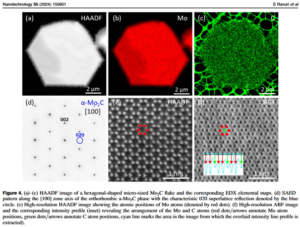
Successful development of methodology for FIB-lamella prepartion of micro-sized full solid-state battery
In this project we successfully development FIB-SEM fabrication methodology to prepare a full solid-state battery lamella on electrical biasing E-chips of insitu biasing TEM holders. The Mo2C crystals grown in this project are just few hundred nanometers thick and incorporating them as the anode part of battery lamella is more challenging. The as prepared samples were studied at university of Oslo TEM lab for in situ biasing TEM experiments and the research efforts demonstrated the proof-of-concept of carrying out such studied even on such thin 2D crystals serving as anode part.
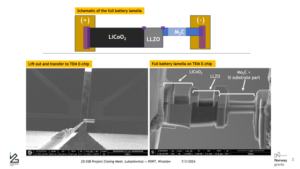
Project research achieved successful CVD synthesis of V, Cr carbides which is not widely explored
A notable achievement of the 2D SSB GRIEG project was development of an optimized protocol for growing transition metal carbides by CVD technique with stacked foils approach. Exploration of the synthesis of new ways of obtaining the phases like VC and Cr3C2 and getting a better understanding of the Mo2C growth position ourselves as pioneers in the field of the CVD TMC/Mxene growth. Our team developed a general optimized protocol for the stacked foil CVD growth that can be applied to different transition metals and offers a reliable method for the synthesis of the high quality TMC/Mxenes crystals. It opens the door for the new ways of obtaining this quite young nanomaterial family member.
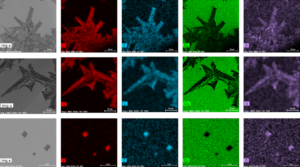
General public engagement
The 2D SSB GRIEG project not only focused on the scientific part. Science promotion was an important part of the 2D SSB GRIEG mission; therefore, one of the valuable achievements for society was the outreach events we carried out for young scientists and the local community of Wrocław. We successfully introduced them to the future topics related to energy such as solid-state batteries, MXenes as the new member of nanomaterial family and application of electron microscopy in nanotechnology and nanoscience. Our team also shared the results of the GRIEG project with the people of Wrocław. These events were not only informative for the society and our experts but also helped contribute in promoting the scientific awareness of general public and kindle curiosity and interest in the kids on scientific research and newest trends in modern science.

